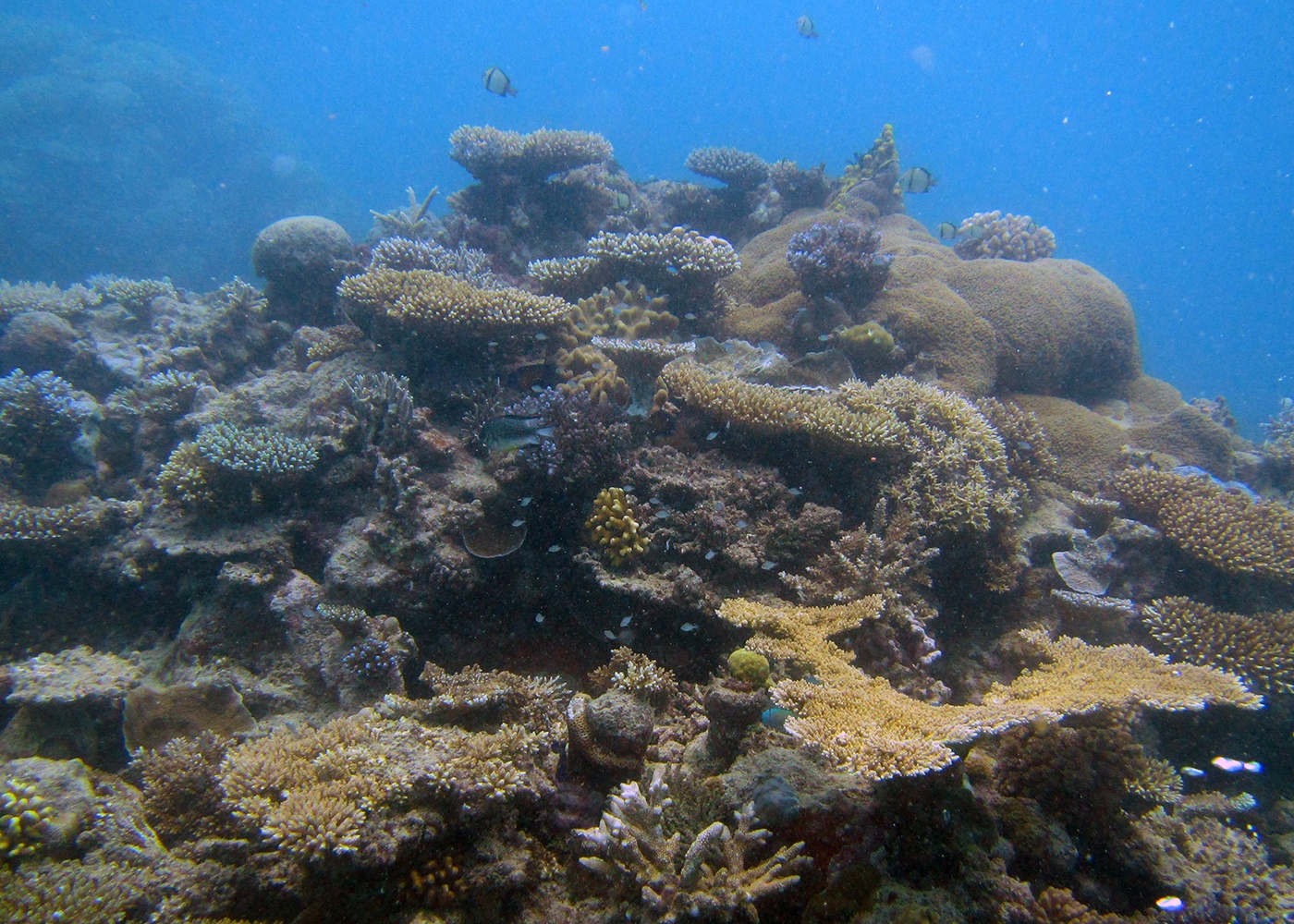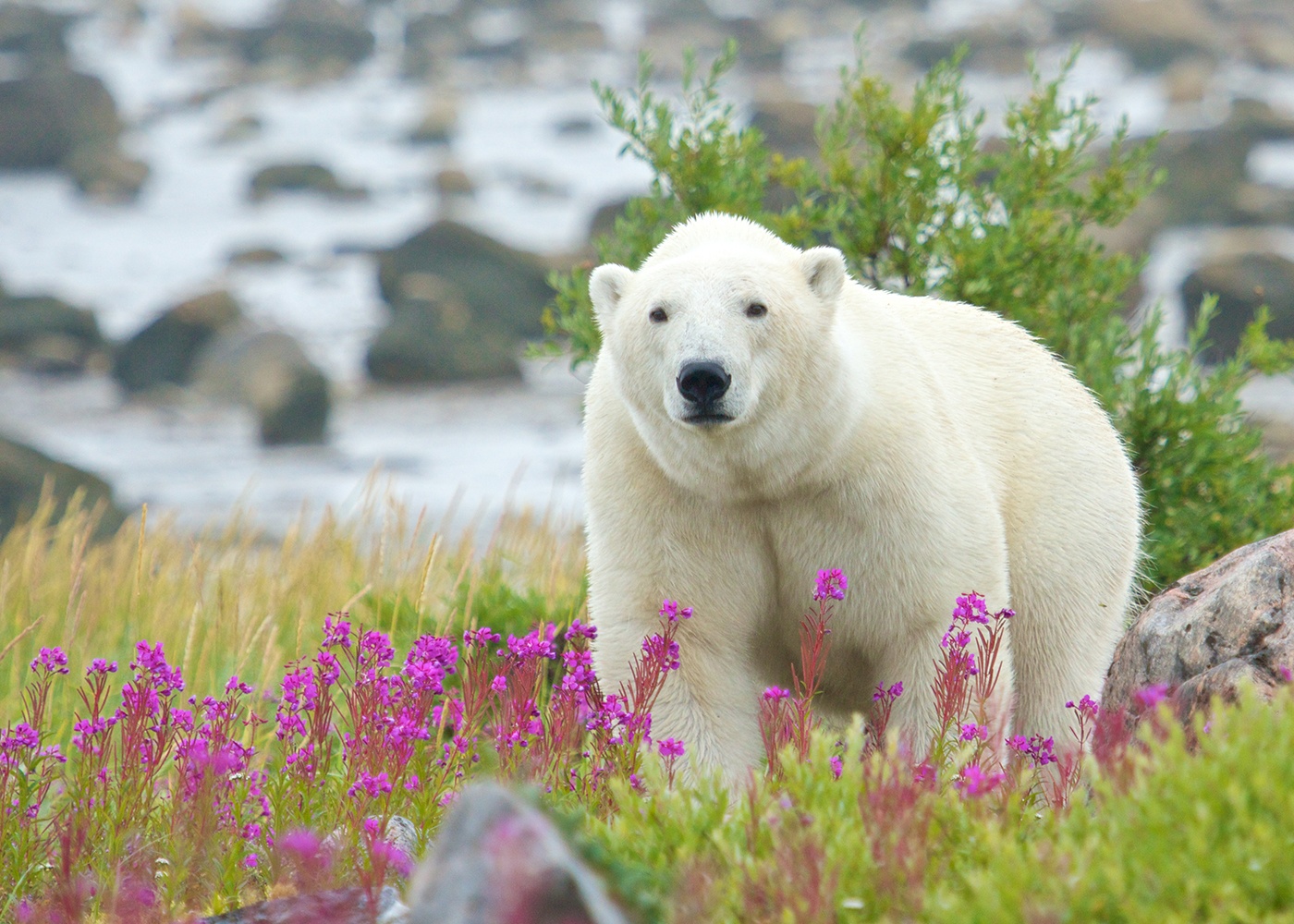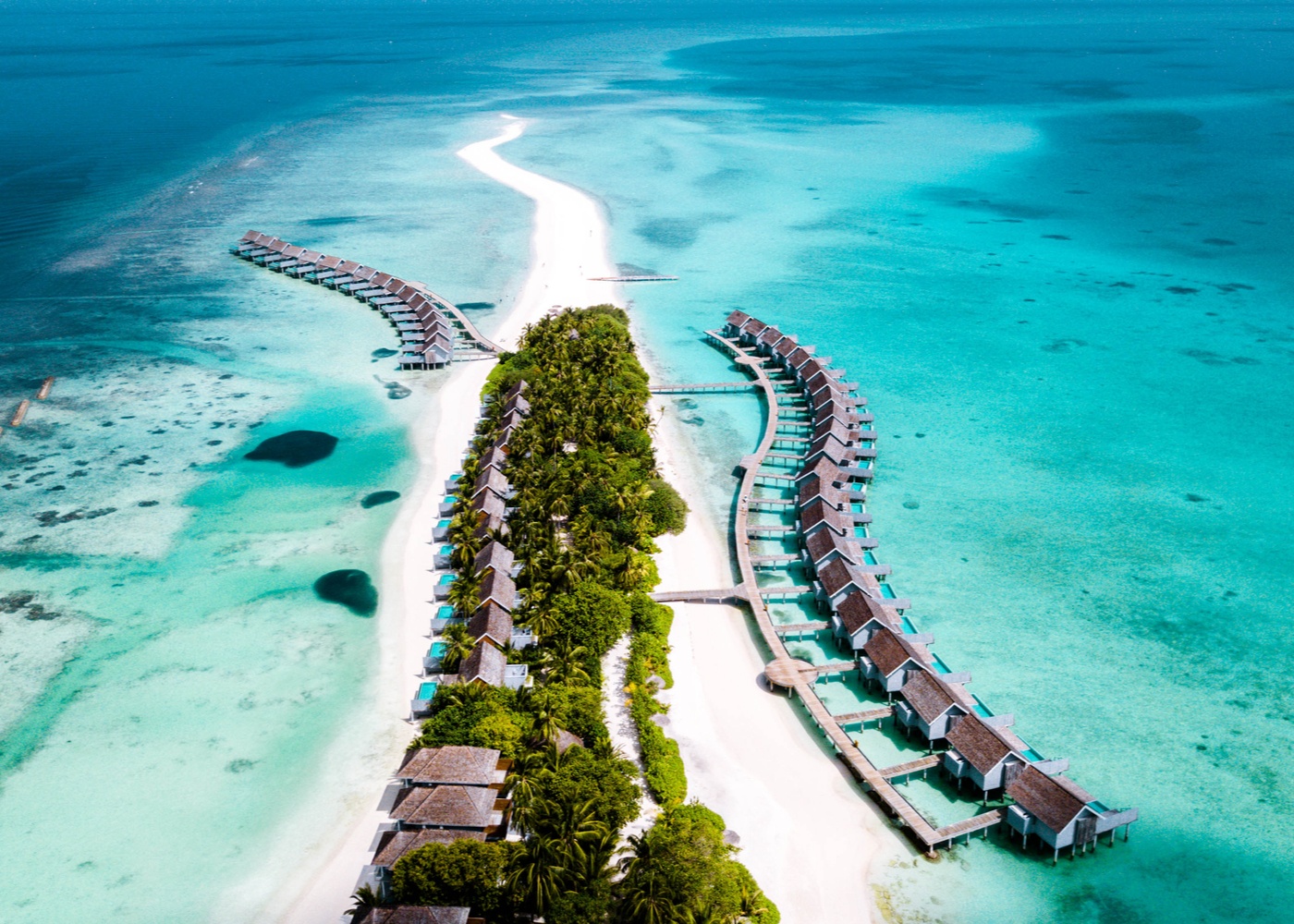Last chance tourism was named a top travel trend in 2018, but anxious travelers may be loving the destination to death. So instead of rushing to see these destinations, what should we do instead?
Posted on : 2020-02-05 14:27:30
Last chance tourism, sometimes grimly referred to as “doom tourism”, epitomises the irony of travel desires; that humans are simultaneously travelling, while causing potentially irreversible damage. Rapid de-forestation, rising sea levels, erosion and rampant urban development are all contributing to the disappearance of our planet’s most special places. For this reason, tourists are flocking to places like the Amazon Rainforest, the bleached Great Barrier Reef, the sinking Venice and the retreating Muir Glacier.
Despite the damage that comes along with increased tourist visits, there is a sense of urgency to visit these places while we still can. But we may also be speeding up the disappearance of the destinations we are so desperate to see.
Why the trend caught on
Forbes named ‘last chance tourism’ one of the top travel trends for 2018. Dubbed as the ‘climate change effect’, more and more young travelers are visiting ‘endangered’ destinations before the impacts of environmental degradation are truly seen.
Last chance tourism does not seem to be slowing down. With an emerging middle class, travel is becoming more accessible to larger populations. In fact, over the last 20 years, the number of international departures has risen from 600 million to 1.3 billion. With this much travel, visiting more far-flung and highly coveted locations has never been easier. This influx of tourists causes erosion, littering, greenhouse gas emissions and more.
Destinations that are most affected
The Great Barrier Reef
The Great Barrier Reef is one of the most heavily trafficked destinations that has fallen victim to the “last chance tourism” trend. Imagine showing up to Queensland, expecting to see vibrant coral and bright yellow fish, only to be met with dying coral reefs. This has been the case for many visitors.
The site is home to the world’s largest display of coral reefs, but specialists say the underwater views are threatened by coral bleaching. Warming waters, in addition to hurricanes, dredging, rising sea levels and coastal development, may cause an ecosystem collapse for the entire reef by 2100.
Tourists have caught on quickly. Researchers from Australia’s University of Queensland surveyed 235 tourists at the reef, and nearly 70% said they were motivated to see the reef before it is gone. The irony is that increased human activity is polluting the individual reefs. Warmer waters as a result of increased global temperature is causing coral to turn white (bleached). Carbon emissions from plane travel is directly responsible for a portion of this climate warming, with aviation contributing around 2% of the world’s global carbon emissions, according to the International Air Transport Association (IATA). In 2016, the Australian government successfully removed a draft chapter of the UNESCO report on the Great Barrier Reef, worried that its grim content would drive away tourists. This however, only made the problem worse.

Montana’s Glacier National Park
Montana’s Glacier National Park is another site that tourists flock to, hitting 3 million visits in 2018. The feature that makes this park so desirable? The melting glaciers. The park has seen a decrease from 150 glaciers to only 26 due to thawing that later became rapid melting. If things continue as they are, the final glaciers are set to disappear within the decade.

Arctic Ocean
Another destination that is melting quickly is the Arctic Ocean. Polar bears are listed as a vulnerable species by the International Union for Conservation of Nature and attract numerous tourists every year. While it can be amazing to spot one of these majestic white bears in person, the experience may not be worth the damage. A journey to view polar bears in Churchill, a town in the Canadian province of Manitoba (the only easily accessible place to view the creatures in their natural habitat), can contribute up to 8.61 tons of carbon dioxide per person per trip. And every round-trip transatlantic flight causes the planet to lose 30 square feet of Arctic sea ice, which polar bears rely on.

Maldives
From 2003 to 2018 , tourism to the Maldives has increased by 68%. Researchers estimate that by the middle of the century the Maldives may become uninhabitable due to rising sea levels. However, Abdulla Yameen, the president of the Maldives, argues that last chance tourism raises money needed to adapt to climate change. The president has supported plans to increase tourism from 1.3 million people a year to over 7 million within the next decade.
In addition to increased funds, an educational argument is made for last chance tourism. Allowing visitors to see firsthand the damage done by climate chance, may encourage them to treat the planet better upon returning home.
Although it may be important to visit these sites to educate tourists about the impacts of climate change, bringing people to the site may only fuel the damage. Thus, eliminating the possibility to educate more visitors in the future. Policing last chance tourism is a balancing act between protecting the environment and still allowing visitors to come and learn about why these places are so special.

Should you visit?
While all of these places sound great for a picturesque holiday, there are more sustainable choices for your annual getaway. Visiting endangered sites only catalyses the very effect that motivated the trip to begin with, i.e. increased pollution, littering, etc.
The effects of over-tourism and increased plane travel will only cause further degradation to many of the planet’s already fragile places. By 2030, UNWTO forecasts international tourist arrivals to reach 1.8 billion. With these statistics, last chance tourism will most likely become more controversial. While some may argue that this form of tourism is justified due to its educational value, it would seem there is a gap between concerns about climate change and individual action. Only 46% of the previously discussed polar bear tourists said they would be willing to pay a carbon travel tax. Therefore, it is difficult to pin down the true motivations of these last chance travelers. Some would say that mainly, the desire to see endangered locations is from a selfish place, driven by the need to check things off a bucket list.
There is hope for these precarious places, but only if we slow down our travel habits. Tourism often sees no boundaries and this needs to change.
